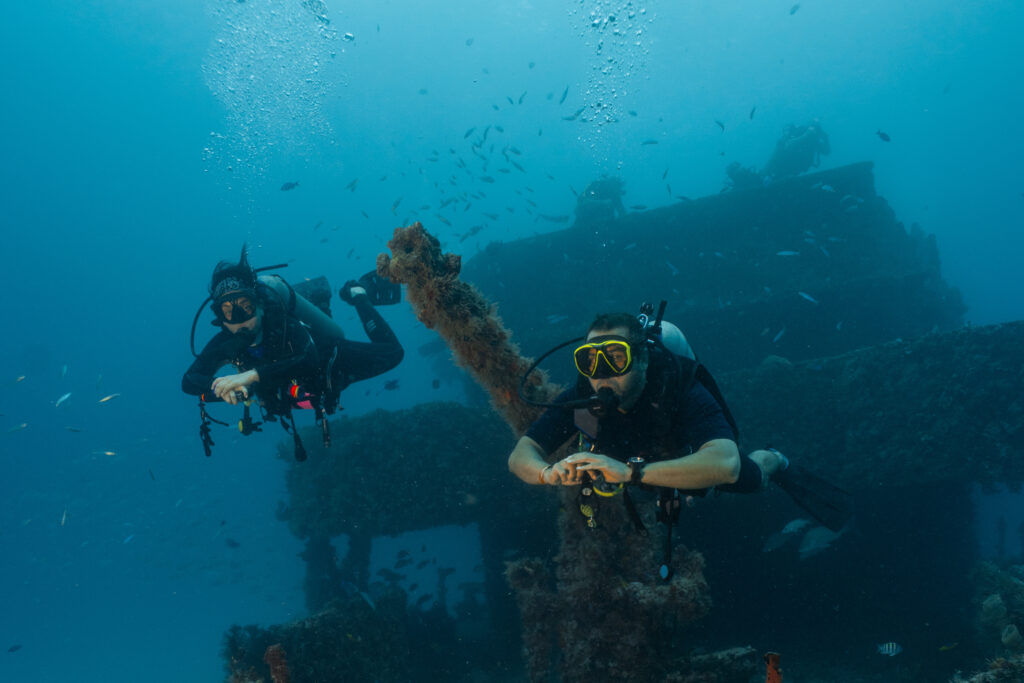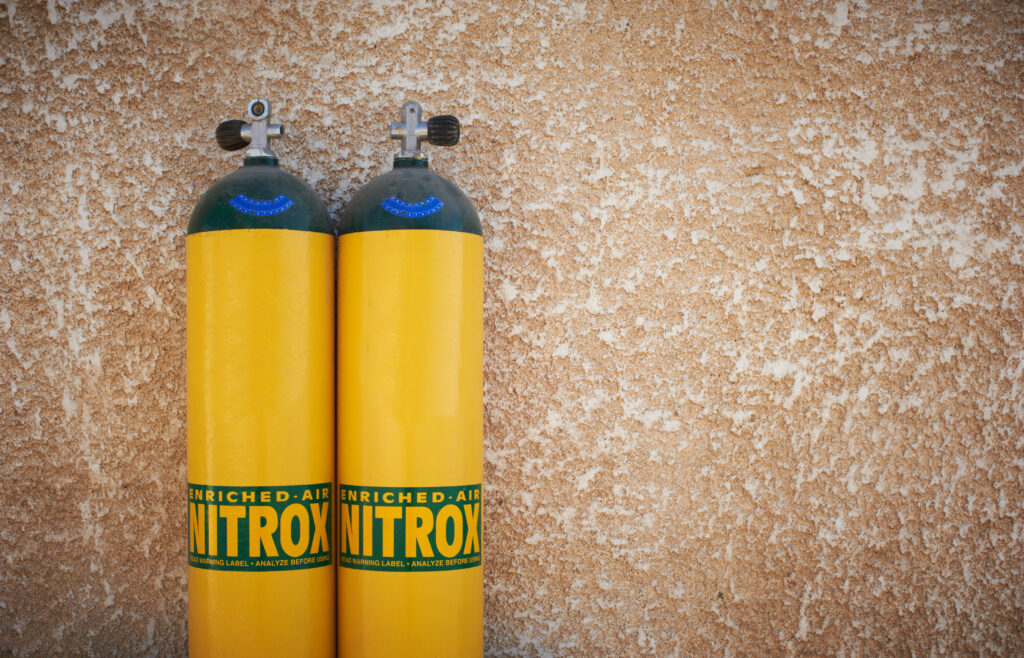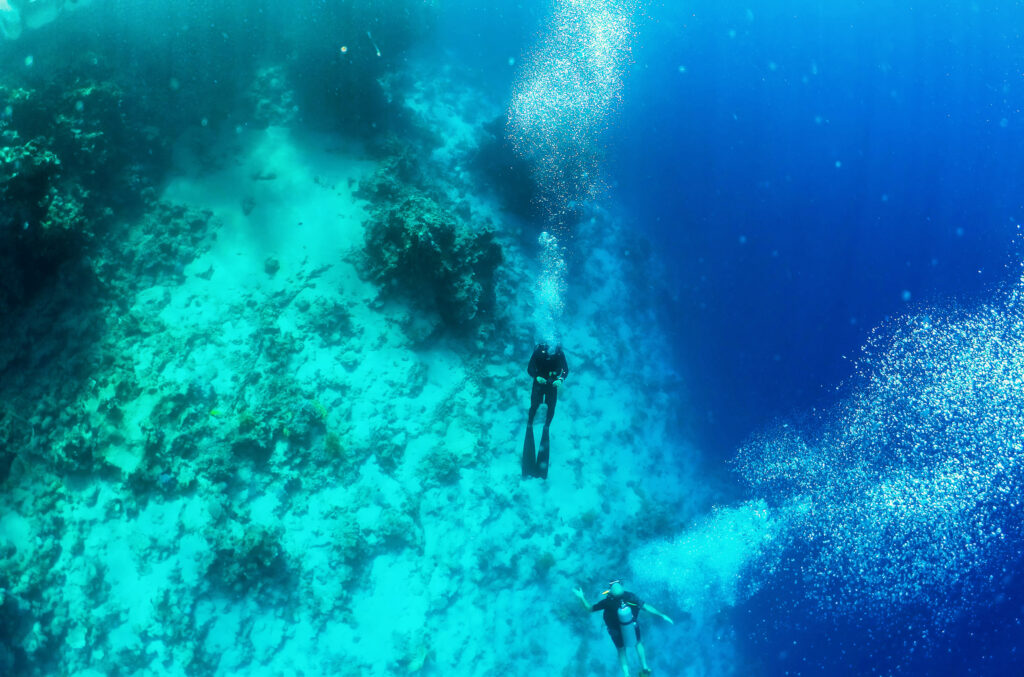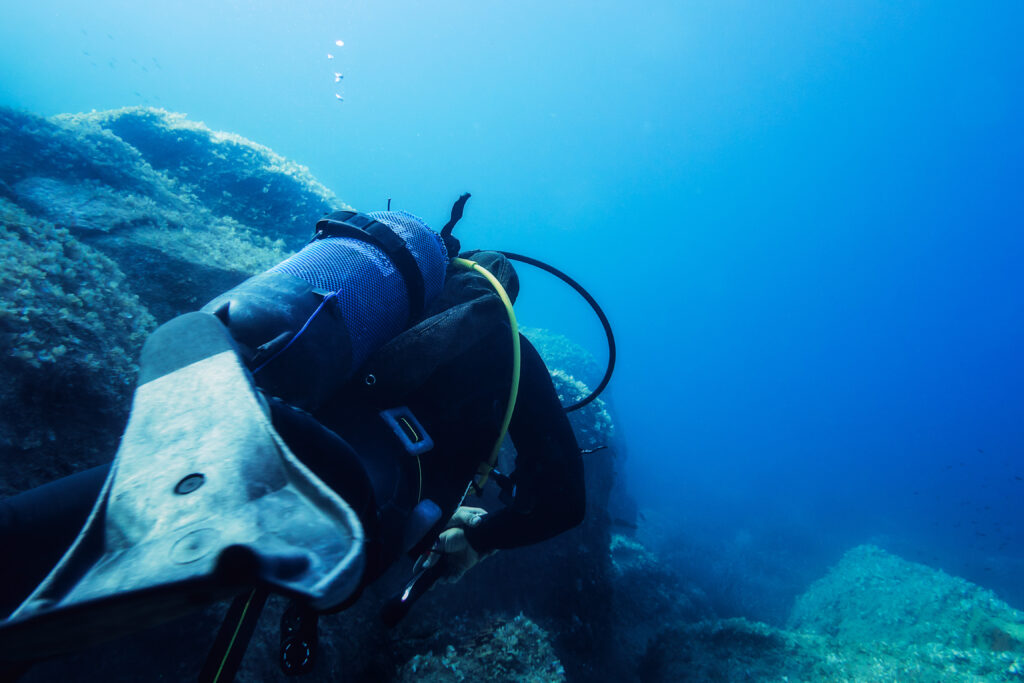What is a Deco Mix?

Decompression mix, or deco mix, is a specialized gas mixture used in scuba diving to facilitate safer and more efficient decompression during ascent. Decompression is a critical phase in diving where accumulated inert gases, primarily nitrogen, are safely expelled from a diver’s body to avoid decompression sickness (DCS). Deco mixes are tailored to optimize the elimination of these gases, particularly during deep or prolonged dives where standard air might not suffice. Understanding and correctly using deco mixes can significantly enhance a diver’s safety, reducing the risk of DCS and other diving-related ailments.
What is Heliox?

Heliox is a breathing gas mixture composed of helium and oxygen, widely used in deep-sea diving due to its unique properties that improve safety and performance under extreme conditions. Unlike standard air, which consists of approximately 78% nitrogen and 21% oxygen, Heliox replaces the nitrogen with helium. This substitution is crucial in mitigating the adverse effects of nitrogen narcosis and oxygen toxicity that divers can experience at greater depths. Heliox has been a game-changer for technical and commercial divers, enabling them to work and explore at depths that would otherwise be highly hazardous.
What is Gas Blending?

Gas blending, a crucial process in scuba diving, involves mixing various gases to create a breathable mixture suitable for different diving conditions. This practice is essential for ensuring diver safety and enhancing dive performance, particularly in deeper or more prolonged underwater explorations. By carefully blending gases, divers can mitigate the risks associated with breathing high-pressure oxygen and nitrogen, such as oxygen toxicity and nitrogen narcosis. Gas blending has become a fundamental aspect of modern scuba diving, enabling divers to explore the underwater world more safely and efficiently.
What is Nitrox in Scuba Diving?

What is Nitrox in Scuba Diving? Nitrox, or Enriched Air Nitrox (EANx) or simply EAN, is a breathing gas mixture consisting of nitrogen and oxygen in which the proportion of nitrogen is less than the naturally occurring 78% found in atmospheric air. The primary benefit of using nitrox in scuba diving is reduced nitrogen absorption, […]
What is Oxygen?

Oxygen is a fundamental element essential for the survival of almost all living organisms. In the context of scuba diving, understanding oxygen’s properties and its role is crucial for both safety and performance. This article delves into the various aspects of oxygen, from its basic chemistry to its physiological effects on divers, and the technologies used to manage it underwater. As one of the critical components in breathing gas mixtures, oxygen’s management and the equipment designed for its delivery are vital for successful and safe scuba diving experiences.
What is Partial Pressure?

Partial pressure is a fundamental concept in physics and chemistry, particularly significant in the context of scuba diving. It refers to the pressure exerted by a single type of gas in a mixture of gases. Understanding partial pressure is crucial for divers as it influences how gases are absorbed, transported, and expelled in the human body under varying underwater conditions. This concept helps in comprehending how different gases behave under increased pressures encountered at depth and is essential for ensuring safety and preventing diving-related illnesses.
What is the No-Decompression Limit (NDL)?

The No-Decompression Limit (NDL) is a fundamental concept in scuba diving, representing the maximum time a diver can spend at a specified depth without the need for mandatory decompression stops during ascent. Understanding and adhering to NDLs is essential for dive planning and ensuring the safety of divers. This entry will explore the concept of NDL, its importance, how it is calculated, and its implications for diving practices.
What is a Reverse Profile?

Scuba diving has grown significantly in popularity over the past few decades, drawing adventurers to the underwater world to witness its beauty and mysteries. A crucial aspect of scuba diving is dive planning, which ensures the safety and enjoyment of the divers. Within this context, understanding dive profiles becomes essential. A dive profile is the plan that outlines the depth and duration of a diver’s underwater journey. Among these profiles, the concept of a “Reverse Profile” has sparked considerable discussion. A reverse profile refers to a sequence of dives where a deeper dive follows a shallower one within a short period. This practice has historically been avoided due to concerns about decompression sickness, but evolving research and guidelines have started to shed new light on its implications.
What is Residual Nitrogen Time?

The world of scuba diving is one that demands attention to detail, respect for the natural world, and an understanding of physics and physiology principles. One crucial concept in this respect is that of “Residual Nitrogen Time” (RNT), an integral part of dive planning that influences dive safety, duration, and depth. This concept revolves around the body’s nitrogen absorption and release processes, directly tied to decompression sickness prevention.
What is Wet Filling?

Wet filling is a process used in scuba diving to fill diving cylinders with gas while they are submerged in water. This method is important for ensuring safety and efficiency in scuba diving. By understanding the intricacies of wet filling, divers can better appreciate its significance and the technical considerations involved.
